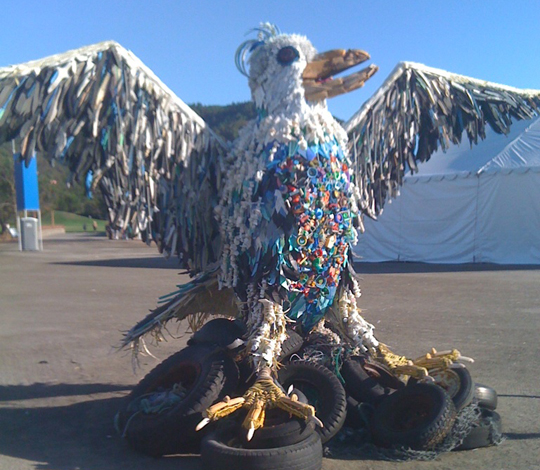Carbon accounting: restoring the credibility of green business practices

Guest post by Hunter Richards, Accounting Market Analyst at Software Advice.
Greenwash (verb, \ˈgrēn-wȯsh\) – to market a product or service by promoting a deceptive or misleading perception of environmental responsibility.
Businesses have been launching major marketing campaigns to promote eco-friendly products, but many of their environmental claims end up being questionable at best. Green products are beginning to lose their credibility as consumers become more suspicious of greenwashing. To restore the reliability of environmental marketing and prevent greenwashing from getting out of control, we need to increase corporate transparency and adopt a clearly measurable method for determining the environmental record of a business. It turns out that new accounting technology could be a major part of the solution.
The U.S. is a leader in financial accounting, but we need similar strength in environmental accounting to prevent misleading green marketing campaigns. The recent development of Enterprise Carbon Accounting (ECA) software enables companies to track their carbon emissions and identify opportunities for waste reduction. The full development and mandatory adoption of ECA software will make it much more difficult for businesses to cover up their environmental records. As carbon footprint transparency becomes more widespread, carbon accounting could become the new measure of a company’s environmental impact. When the information is released to the public, green marketing campaigns can cite concrete evidence to regain consumer trust.
But for ECA software and environmental accounting adoption to effectively make greenwashing obsolete, we need constructive action in five main categories:
- Clear government action on regulations – like increased coverage of the EPA’s Mandatory Greenhouse Gas Reporting Rule, which requires companies that emit 25,000 metric tons or more of greenhouse gases annually to disclose their emissions figures to the EPA;
- Adoption of carbon accounting principles – stricter requirements for disclosure of standardized corporate emissions for a precise way to examine a company’s environmental record;
- Expansion of Scope 3 emissions accounting – mandatory inclusion of suppliers’ emissions and other indirect sources (Scope 3) in environmental reports would prevent under-reporting <http://gizmodo.com/5120854/dells-carbon-neutrality-is-really-a-bunch-of-cow-poop> of emissions and more quickly spread general adoption of carbon accounting throughout the supply chain;
- Better green business incentives – using ECA software to identify more eco-friendly savings opportunities – like tax incentives – can make it cheaper to truly go green, making greenwashing less tempting and putting real sustainability initiatives in the best economic interests of a business;
- Demanding, informed consumers – demanding the numbers, while boycotting the greenwashers, forces businesses with green marketing campaigns to prove their sincerity. Greenwashers won’t be able to hide any longer when consumers take this final step.
To learn more about ECA software and greenwashing prevention, read the full article, Software to Hold “Greenwashers” Accountable





 View the dynamic, moving GOforChange: Greening Baltimore video
View the dynamic, moving GOforChange: Greening Baltimore video



